
2017 Year in Review
Nuclear Nonproliferation
The United States and the international community continue to face the possibility of a rogue nation or terrorist group acquiring nuclear or radiological weapons. NNSA partners with a wide range of domestic and international organizations to secure, safeguard, or dispose of potentially dangerous nuclear and radiological material. Its counterterrorism programs are ready to respond to stolen or misplaced radioactive materials, a nuclear stockpile weapon out of the control of a nation-state, or an improvised nuclear device.
In November, NNSA delivered its report to Congress on its mission to reduce the threat of nuclear proliferation and nuclear terrorism, titled Prevent, Counter, and Respond: A Strategic Plan to Reduce Global Nuclear Threats (FY 2018 – FY 2022). This companion document to the SSMP informs NNSA’s planning and programs related to preventing, countering, and responding to the threats of nuclear proliferation and terrorism around the globe. It highlights the implications of the emergence of new terrorist threats, as well as the Administration’s FY 2018 proposal to pursue the “dilute and dispose” approach for disposing of excess weapons grade plutonium.
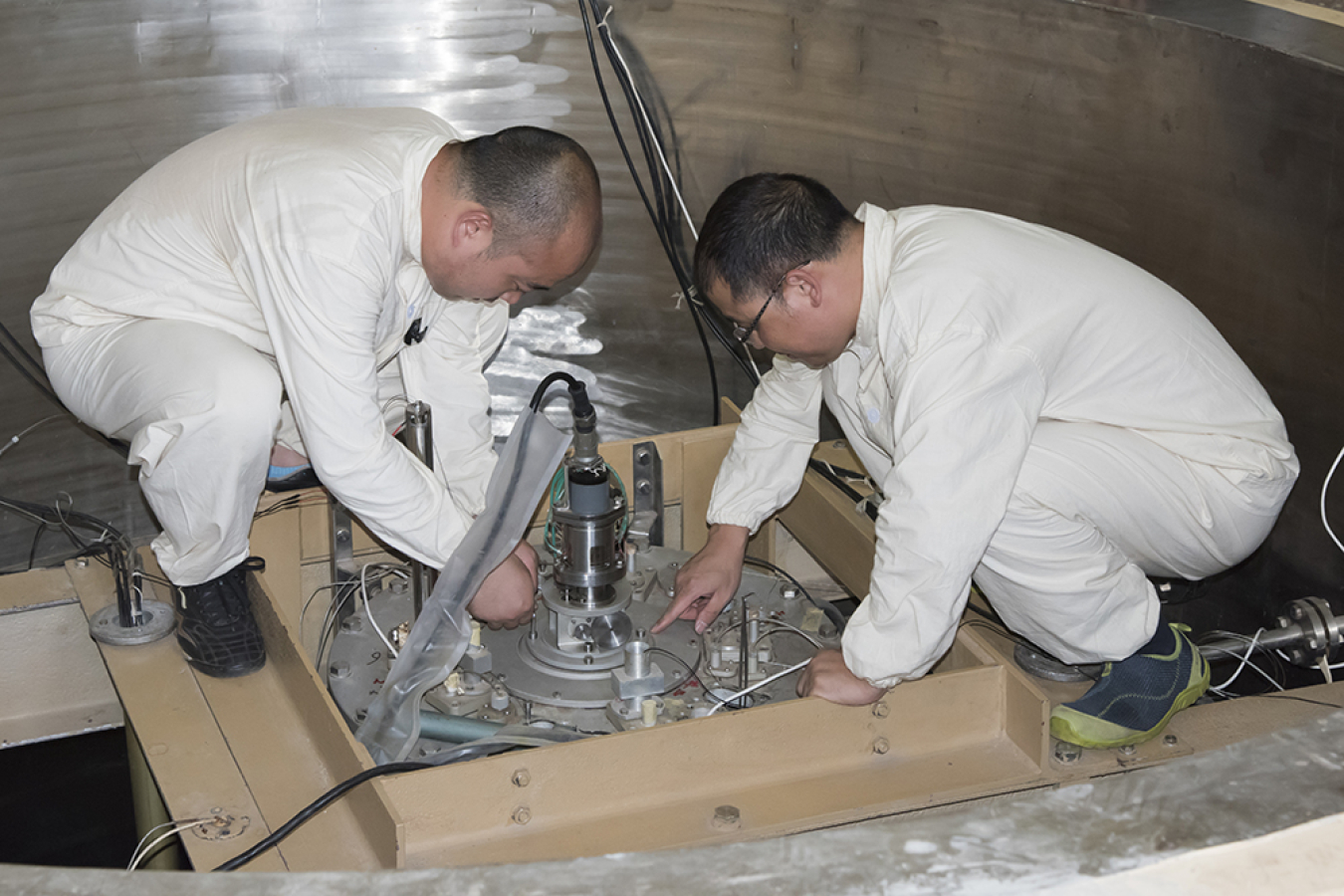
Members of the NNSA technical team make adjustments during a reactor conversion in Ghana
- NNSA spearheaded an international effort to convert a research reactor in Ghana from highly enriched uranium (HEU) to low enriched uranium (LEU) fuel. These reactor conversions reduce the risk that weapons-usable material could be stolen or diverted for malevolent use. Following the conversion, NNSA partnered with China to remove all HEU from Ghana, making it the 32nd country plus Taiwan to become HEU-free. To date, NNSA has removed or confirmed the disposition of more than 6,450 kilograms of HEU and plutonium worldwide to reduce the global proliferation threat.
- NNSA collaboration with a South African firm led to a groundbreaking conversion to LEU-based molybdenum-99 (Mo-99) production, a major milestone in global efforts to end the use of HEU in Mo-99 production. Mo-99 is the most widely used medical radioisotope for nuclear imaging, and is used in approximately 40,000 patient procedures daily in the United States.
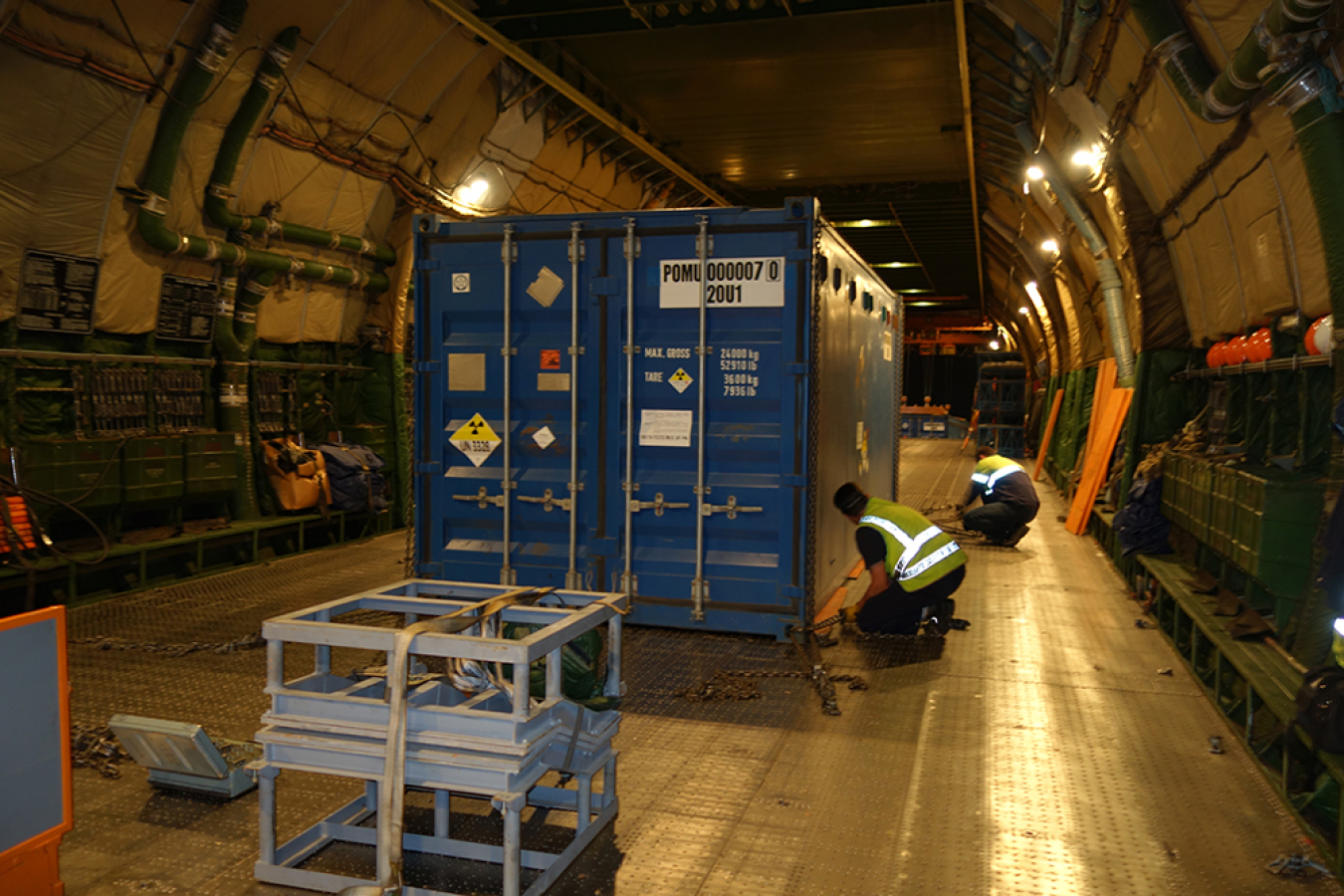
NNSA and the Institute of Nuclear Physics in Kazakhstan collaborate to remove all HEU from the institute’s reactor
- NNSA partnered with the Institute of Nuclear Physics (INP) in Kazakhstan to remove its remaining HEU. NNSA has helped remove or down-blend 200 kilograms of Russian-origin HEU from the INP, enough for eight nuclear weapons.
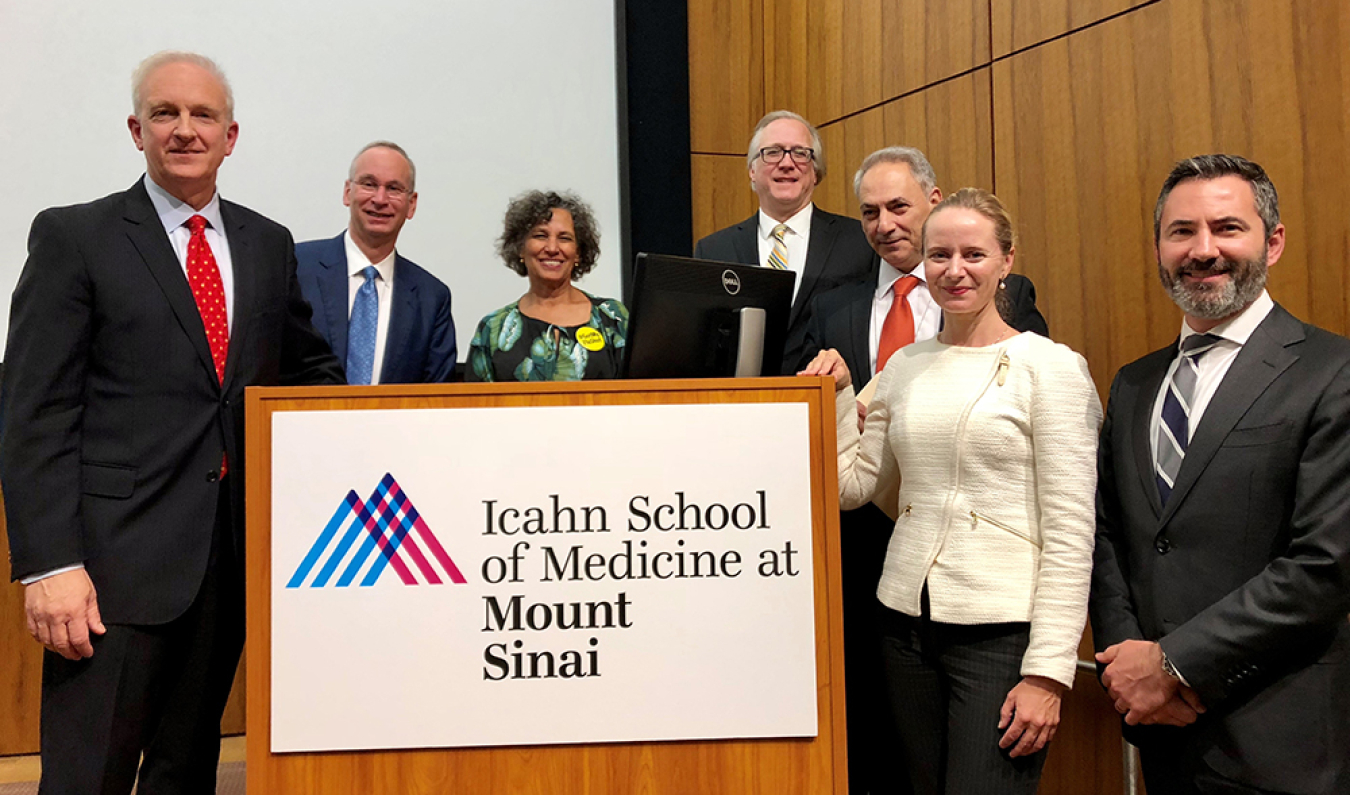
- With the city of New York and the Nuclear Threat Initiative, NNSA helped launch a citywide initiative to reduce the use of radioactive source-based devices in medical and research applications. This effort lowers the risk of a terrorist acquiring this material for a radiological dispersal device (“dirty bomb”).
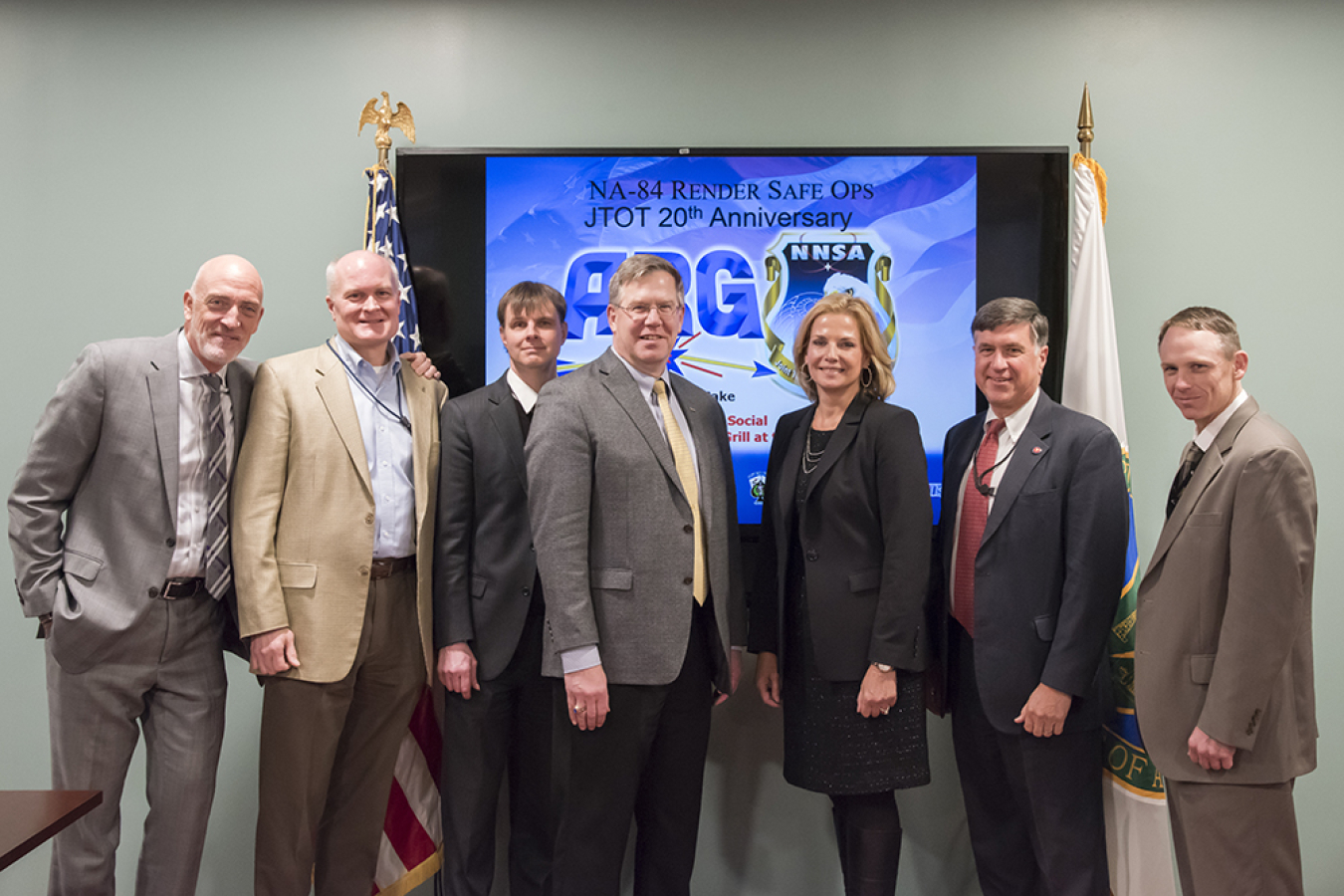
- The Joint Technical Operations Team Program (JTOT) marked its 20th anniversary. JTOT is an agile, task-organized unit, ready to react at a moment’s notice to respond to nuclear and radiological weapons of mass destruction threats or incidents.
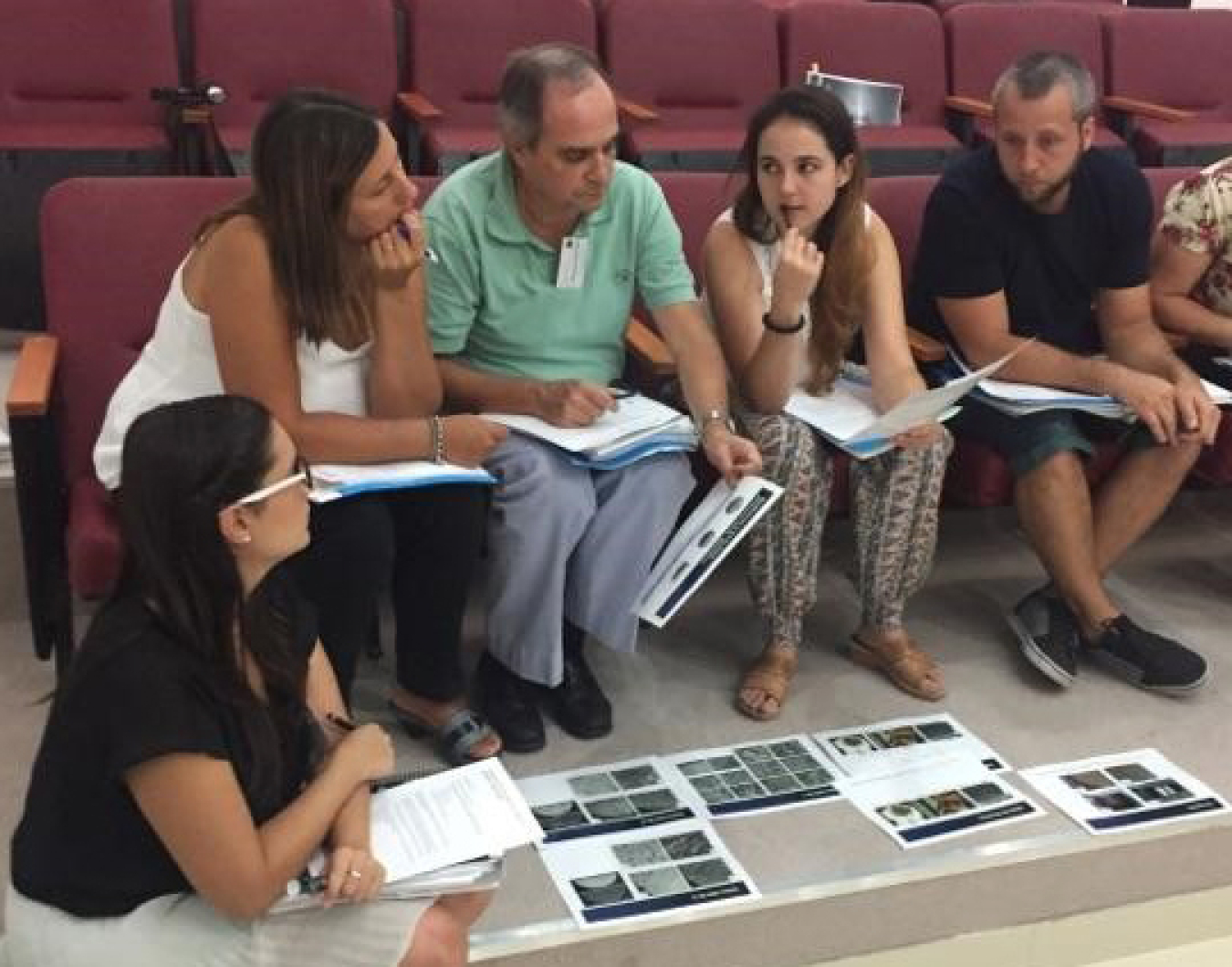
Argentinian participants analyze data in a mock nuclear forensics exercise
- NNSA and Argentina began collaborative work to develop Argentina’s national-level nuclear forensics network, comprising scientists, law enforcement officials, national security experts, and emergency planners.
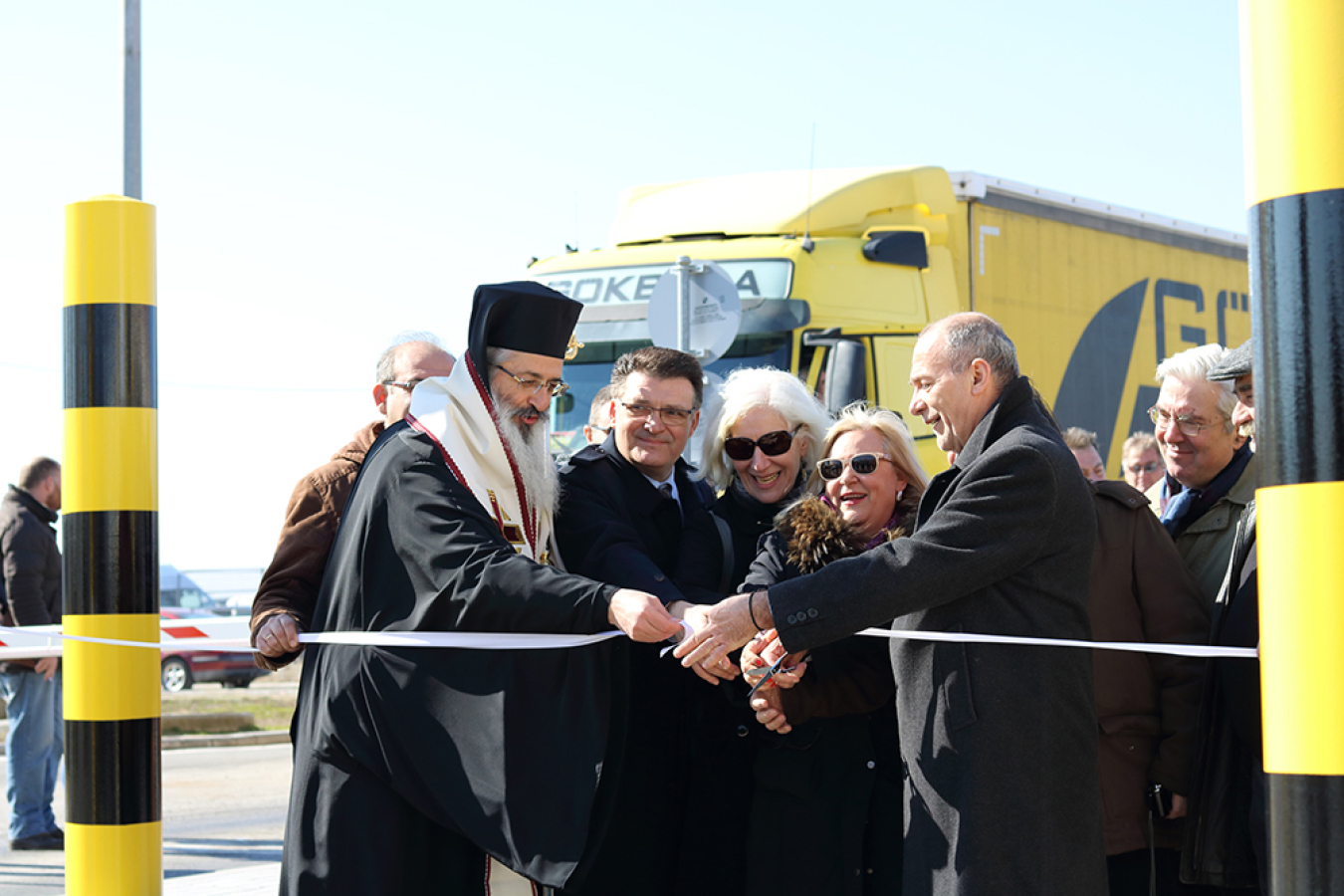
NNSA and Greek officials participate in the ribbon-cutting event at the Kipoi Border Station
- NNSA and Greek officials gathered at the country’s busiest border crossing with Turkey to hand over full operation of new radiation detection equipment to local customs officers. This collaboration with Greece serves as a model for NNSA’s radiation detection mission in other countries.
- NNSA partnered with the Government of Moldova to equip Chisinau International Airport with radiation detection systems. NNSA provided radiation portal monitors, handheld detectors, and related training and maintenance support, enhancing efforts to prevent smuggling of dangerous radioactive materials across international borders.
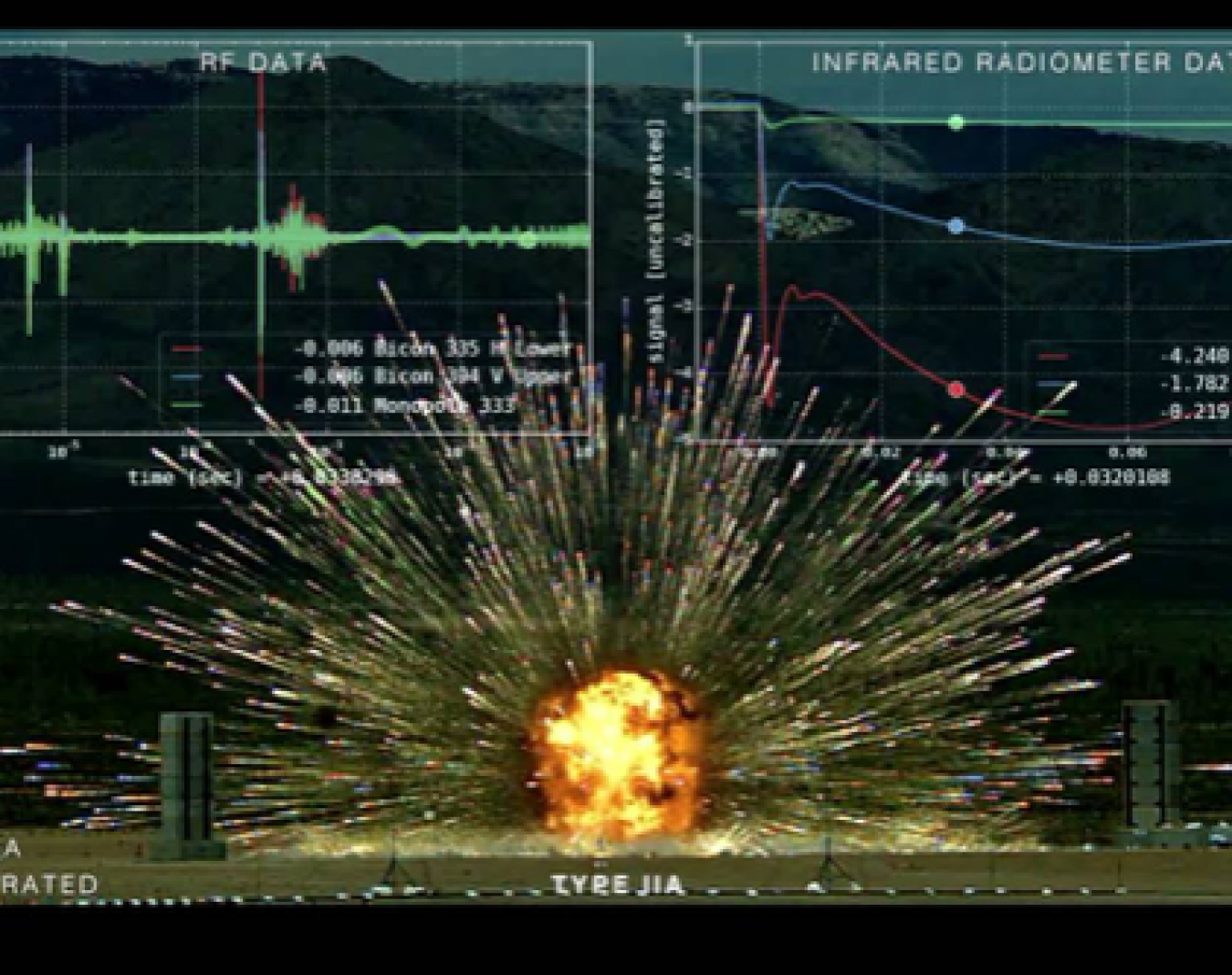
Seismic imaging of a high-explosive experiment
- To advance proliferation detection capabilities, NNSA conducted a seismic imaging campaign and a high explosives experimental series. These efforts improved the U.S. government’s ability to detect activities potentially related to nuclear weapons testing by other countries.
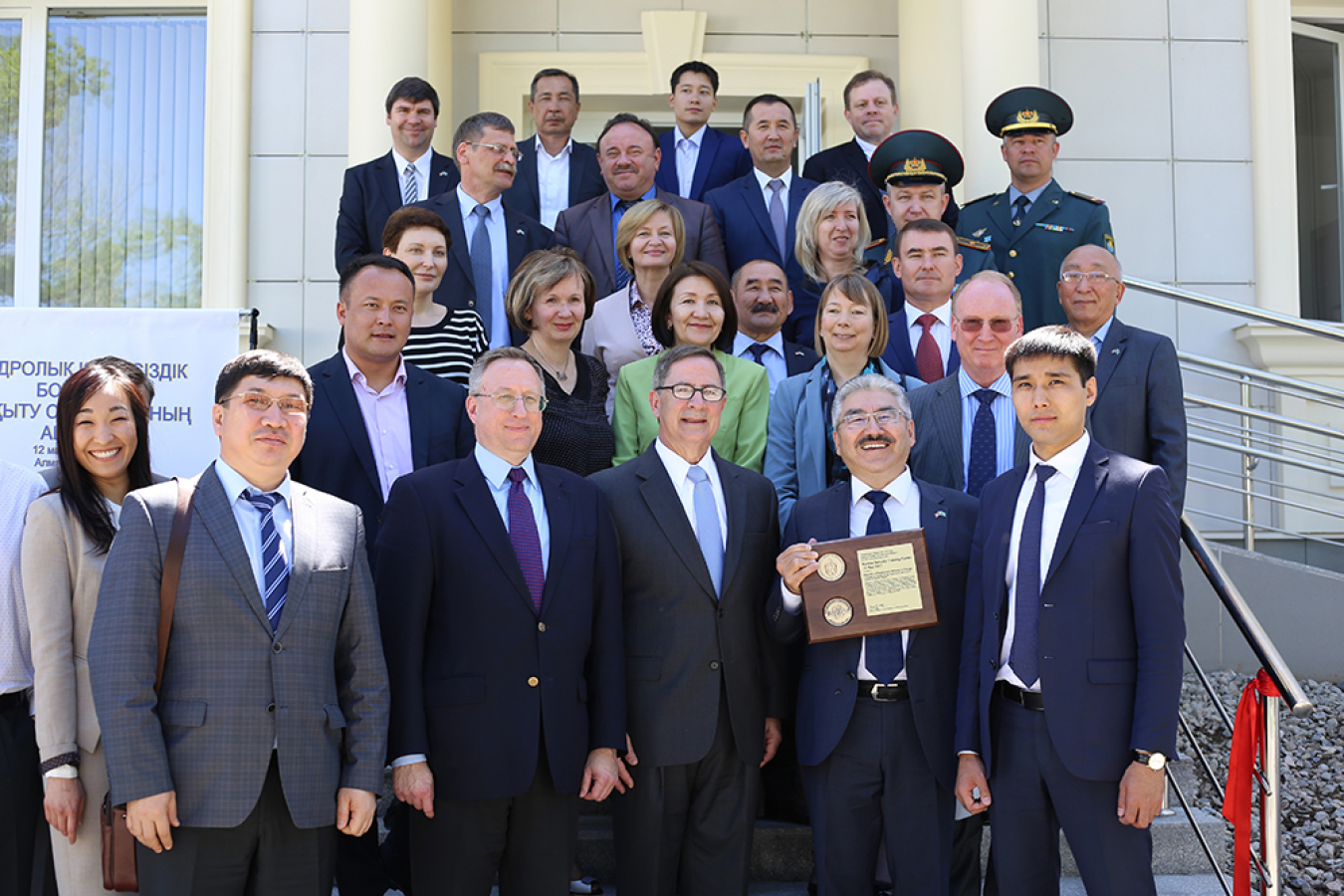
- The Republic of Kazakhstan opened its Nuclear Security Training Center in cooperation with NNSA. The facility trains nuclear facility personnel in security disciplines, including physical protection systems, nuclear material accounting and control systems, response forces, and secure transportation.
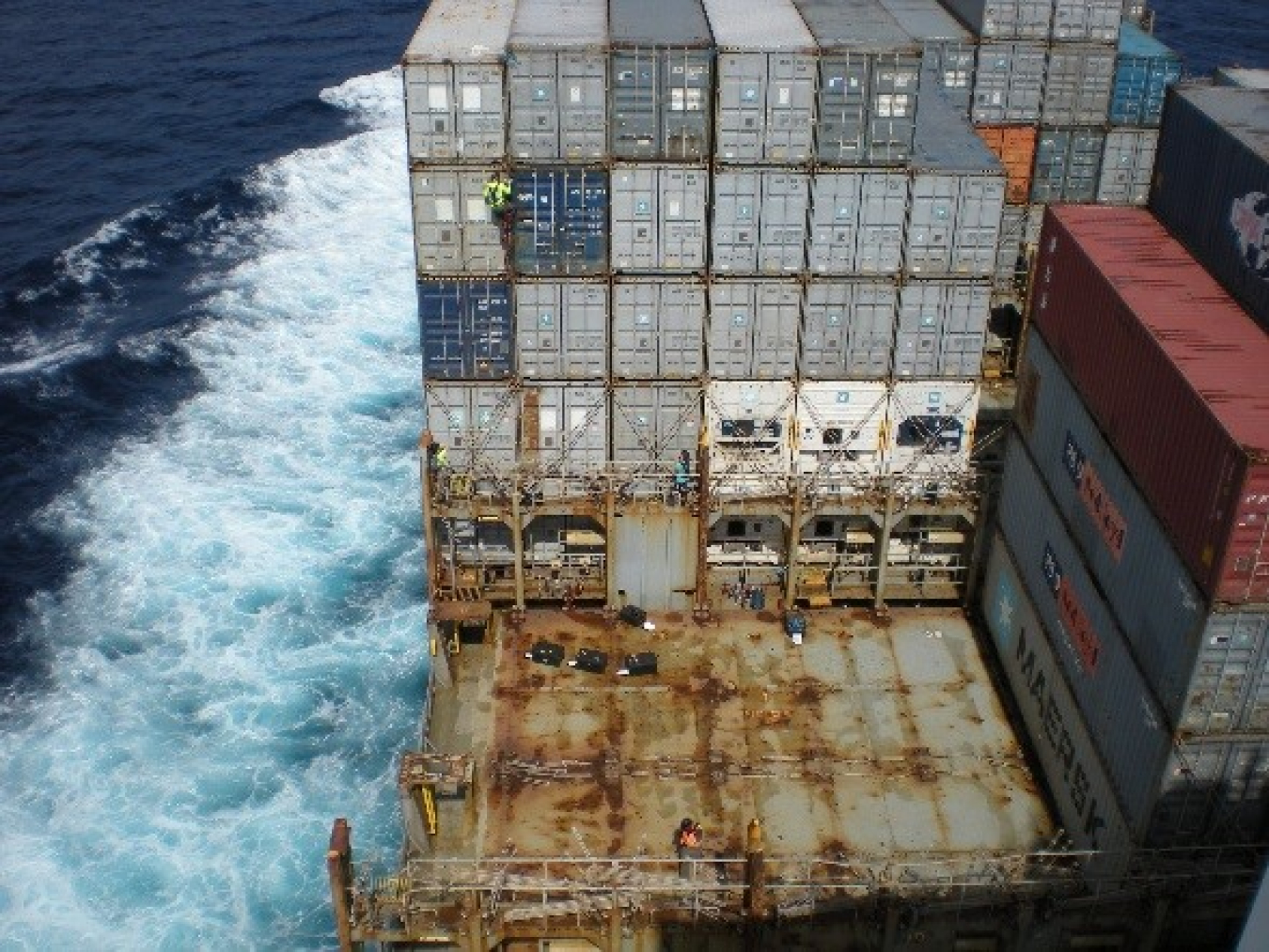
NRAT team members executed specialized container climbing procedures designed to safely place radiation detection equipment on and around elevated or stacked cargo containers
- NNSA’s Nuclear/Radiological Advisory Team (NRAT) conducted advanced training at sea aboard the motor vessel Maersk Detroit. The NRAT is a deployable team of experts that provides critical scientific and technical advice to domestic and international partners in response to a nuclear or radiological threat.
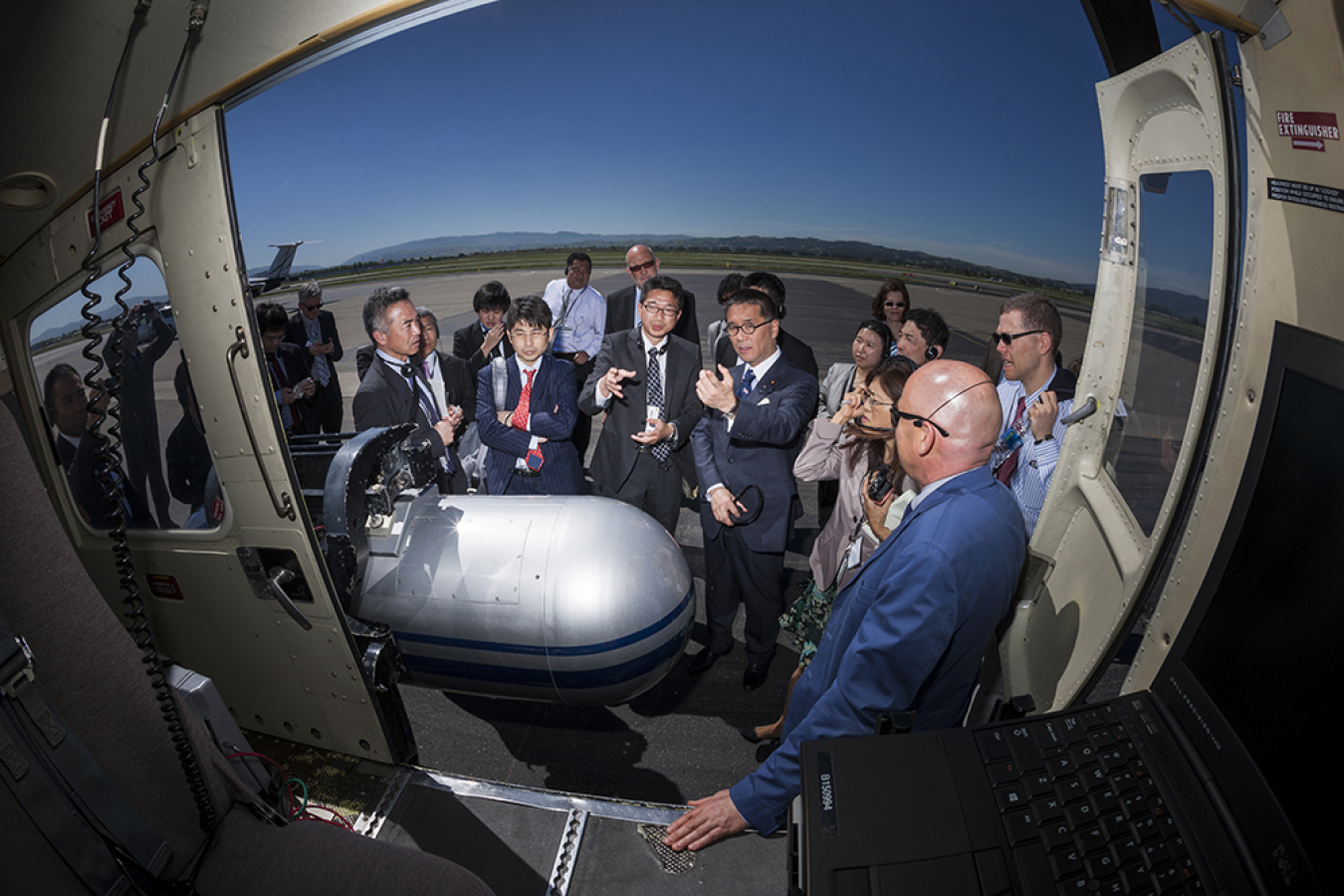
- NNSA and Japan held the ninth meeting of the Emergency Management Working Group under the U.S.-Japan Bilateral Commission on Civil Nuclear Cooperation at Lawrence Livermore National Laboratory. A bilateral workshop focused on radiation measurement, characterization, and protective actions for emergency preparedness and response.
- NNSA led U.S. participation in “LETTERPRESS,” an international nuclear verification exercise with Norway, Sweden, and the United Kingdom. As part of the Quad Nuclear Verification Partnership, this exchange of technical knowledge will strengthen verification capabilities for future policy and treaty initiatives.
- NNSA and the FBI co-sponsored weapons of mass destruction counterterrorism tabletop exercises in Michigan and North Dakota for local law enforcement and emergency responders. The exercises are designed to develop a comprehensive understanding of the roles and responsibilities involved in preventing and responding to a domestic terrorist-related radiological or nuclear incident.
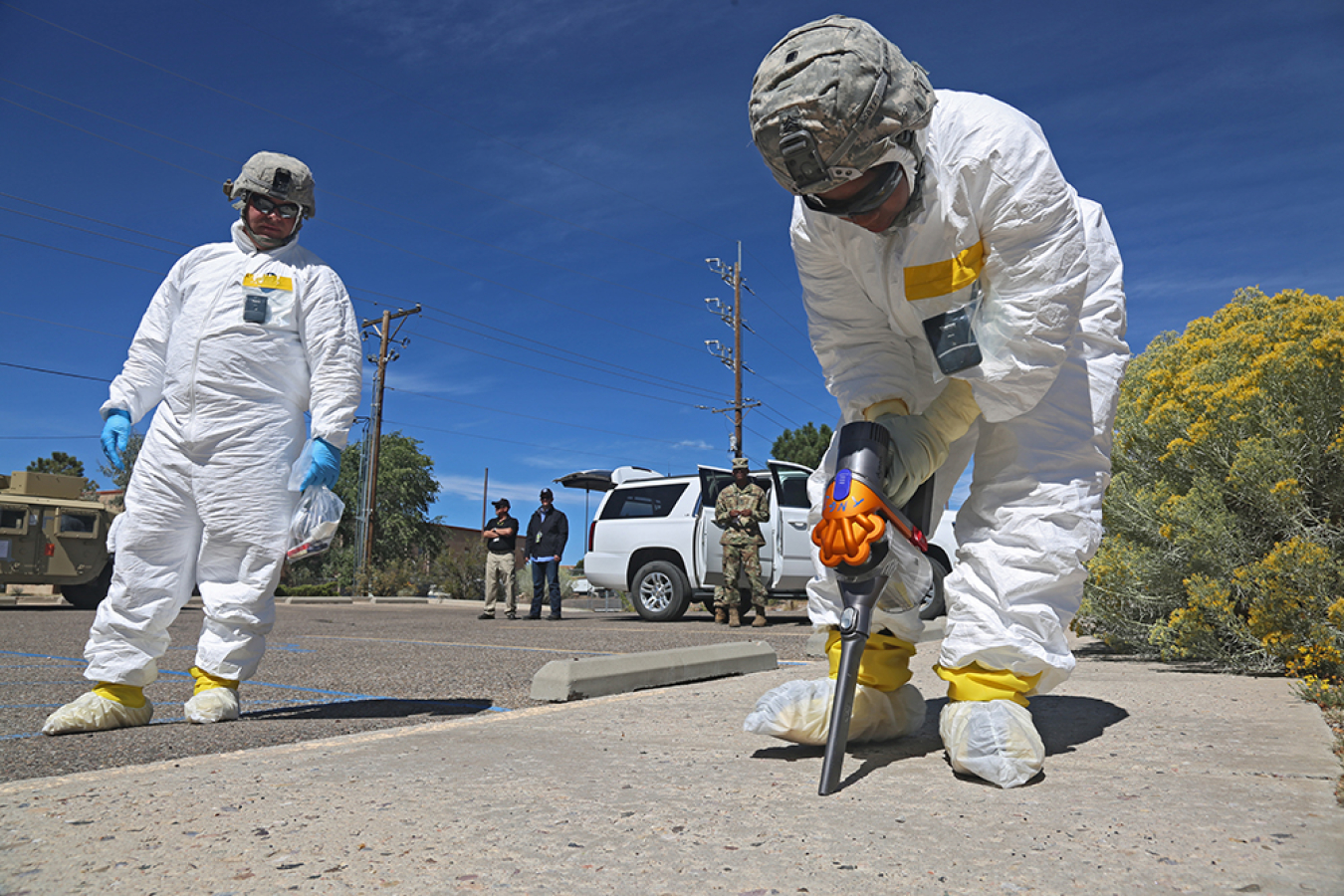
Exercise Prominent Hunt in New Mexico
- NNSA participated in exercise Prominent Hunt 17-2 with the Department of Defense, the Department of Homeland Security, and the FBI in New Mexico. Prominent Hunt is an interagency training exercise to test the nuclear forensics capability of the National Technical Nuclear Forensics Ground Collection Task Force.
- Throughout the year, NNSA’s operational and technical expertise was called upon to support the U.S. Secret Service and the FBI during special events to ensure safety and security from nuclear and radiological threats, including the Presidential Inauguration and Super Bowl LI.
- The OPSIS II technical challenge brought together the counter nuclear terrorism render safe communities from the United States, United Kingdom, and France. The challenge enabled an exchange of technical information, improving the nuclear crisis response and nuclear forensics capabilities of the global render safe community.

